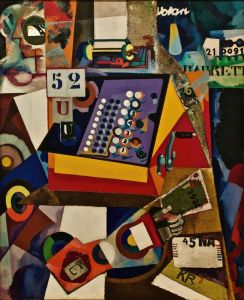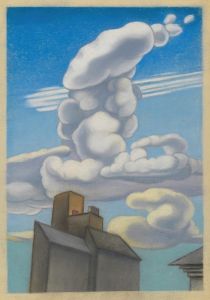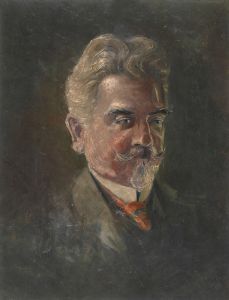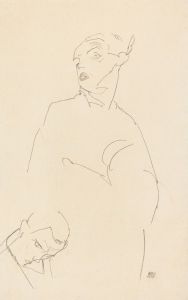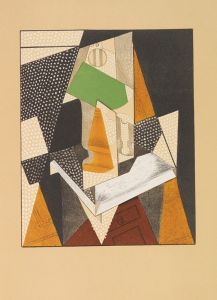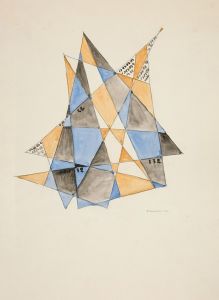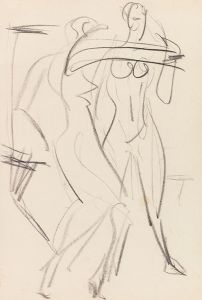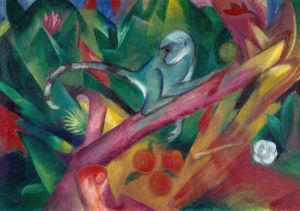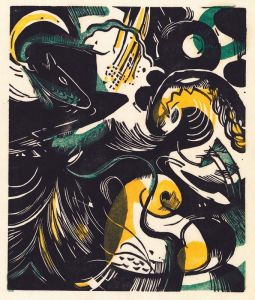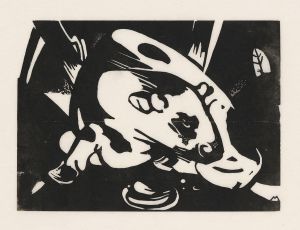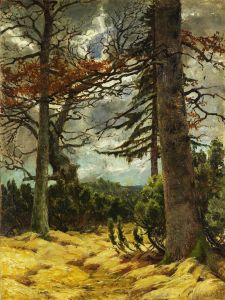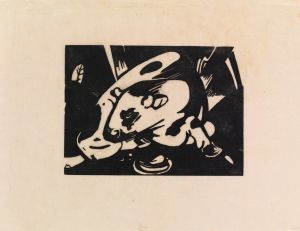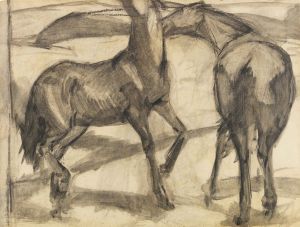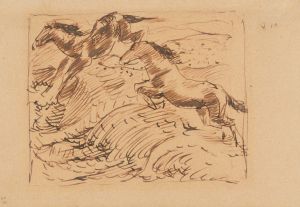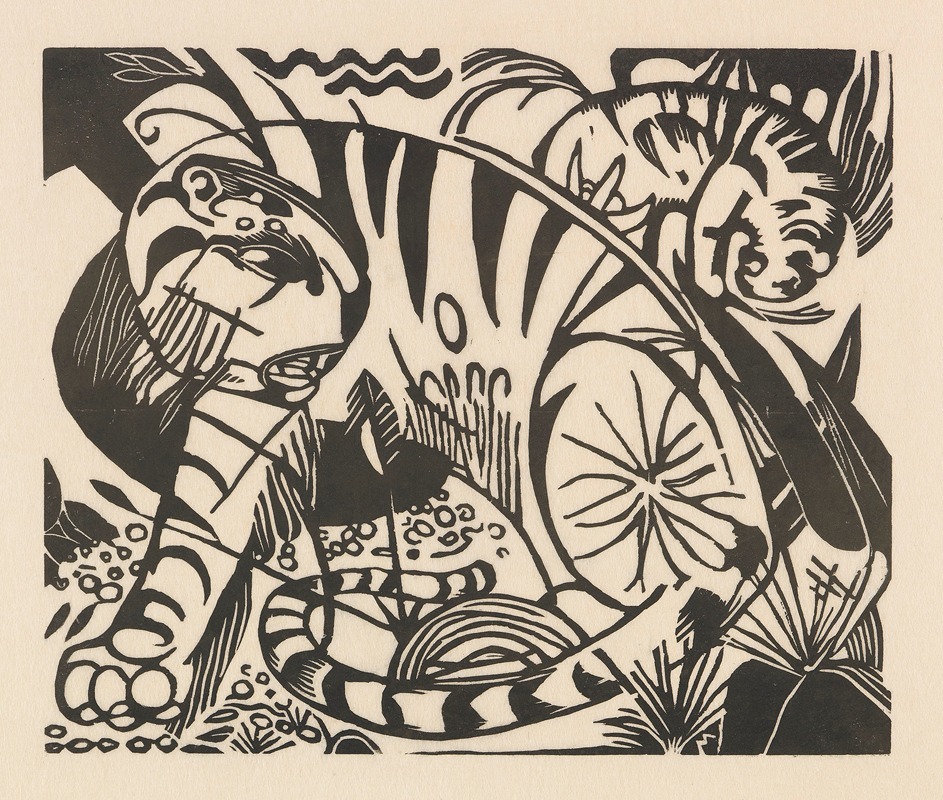
Tiger
A hand-painted replica of Franz Marc’s masterpiece Tiger, meticulously crafted by professional artists to capture the true essence of the original. Each piece is created with museum-quality canvas and rare mineral pigments, carefully painted by experienced artists with delicate brushstrokes and rich, layered colors to perfectly recreate the texture of the original artwork. Unlike machine-printed reproductions, this hand-painted version brings the painting to life, infused with the artist’s emotions and skill in every stroke. Whether for personal collection or home decoration, it instantly elevates the artistic atmosphere of any space.
Franz Marc's "Tiger" is a notable painting created in 1912, during a period when the artist was deeply involved in the German Expressionist movement. Marc, a founding member of the group known as Der Blaue Reiter (The Blue Rider), was renowned for his vivid use of color and his focus on animals as subjects, which he believed were purer and more spiritually connected to nature than humans.
"Tiger" exemplifies Marc's unique style and his philosophical approach to art. The painting features a tiger, depicted in a dynamic and abstract manner, using bold colors and geometric shapes. Marc's use of color was symbolic; he often associated specific colors with particular emotions or ideas. In "Tiger," the vibrant hues and the fluidity of the lines convey a sense of energy and movement, capturing the essence of the animal's power and grace.
The composition of "Tiger" reflects Marc's interest in the harmony between nature and the spiritual world. He sought to express the inner essence of animals, rather than their external appearance. This approach was influenced by his belief in the interconnectedness of all living things and his desire to transcend the materialistic view of the world. Marc's work often aimed to evoke an emotional response from the viewer, encouraging them to see beyond the surface and connect with the deeper meaning of the natural world.
Franz Marc's artistic journey was significantly shaped by his interactions with other avant-garde artists of his time, including Wassily Kandinsky, with whom he co-founded Der Blaue Reiter. This group was instrumental in the development of abstract art in the early 20th century, and Marc's contributions were pivotal in pushing the boundaries of traditional artistic expression. His work, including "Tiger," played a crucial role in the evolution of modern art, influencing subsequent generations of artists.
The painting "Tiger" is housed in the collection of the Städtische Galerie im Lenbachhaus in Munich, Germany. This museum holds an extensive collection of works by members of Der Blaue Reiter, providing insight into the innovative and transformative nature of this artistic movement. Marc's legacy, as seen through works like "Tiger," continues to be celebrated for its bold exploration of color, form, and the spiritual connection between humans and nature.
Franz Marc's life and career were tragically cut short when he died in combat during World War I in 1916. Despite his brief career, his impact on the art world was profound, and his works remain influential to this day. "Tiger" stands as a testament to Marc's visionary approach to art and his enduring fascination with the natural world.





